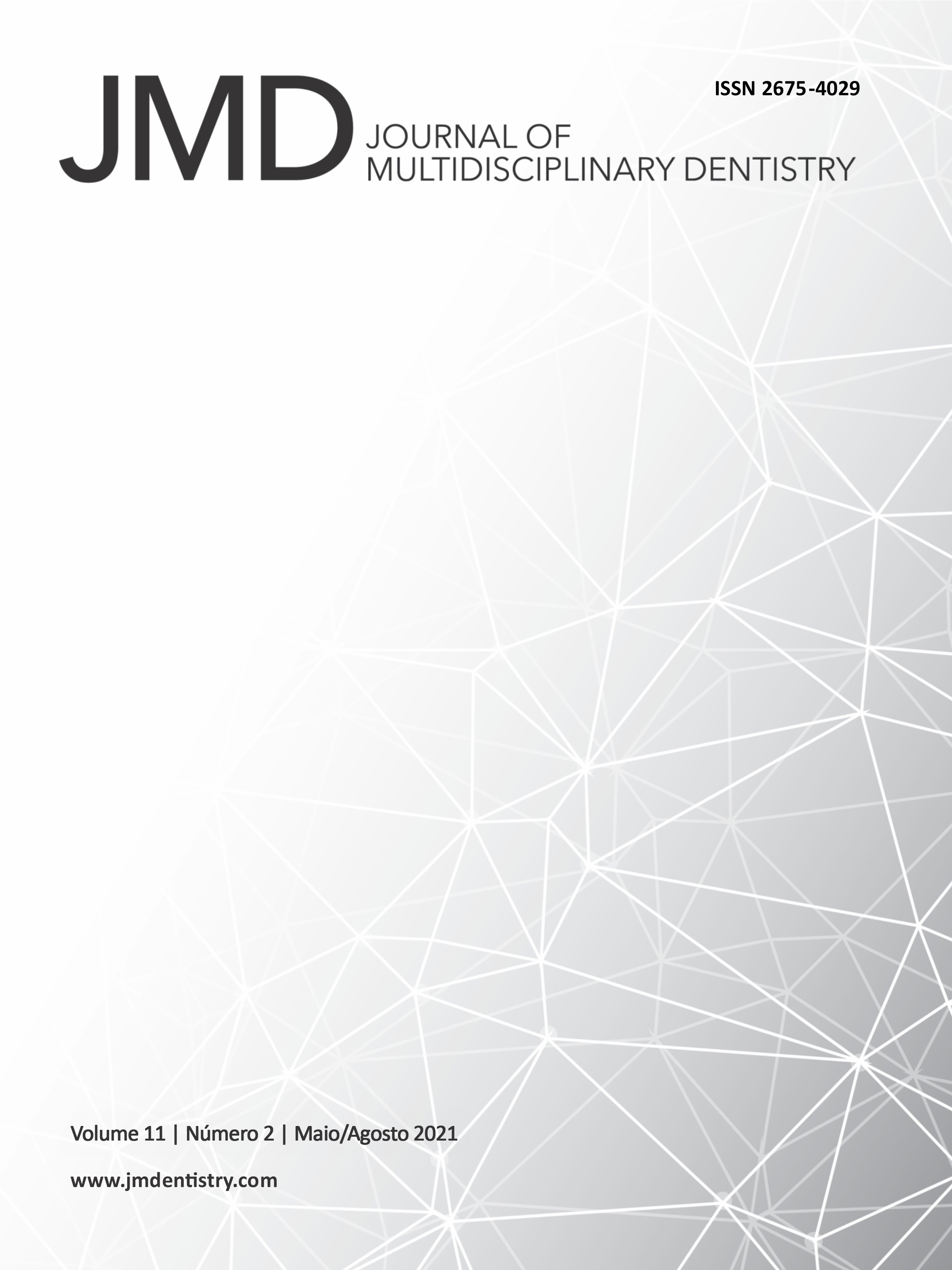Nasal necrosis: when and how to treat
DOI:
https://doi.org/10.46875/jmd.v11i2.762Keywords:
Nose, Dermal fillers, Hyaluronic acidAbstract
Due to reduced cost, lower morbidity, and safety, dermal fillers have gained prominence in recent years. The main filler used today is hyaluronic acid for the safety of being hydrolyzed by the hyaluronidase enzyme, but, even inexperienced hands can cause irreversible damage such as nasal necrosis and loss of vision. Therefore, deep knowledge of facial anatomy is of utmost importance for professionals who venture into this area. This review aims to alert the clinician of nasal necrosis, showing how to recognize it and which is the best way to act in face of this complication. How to recognize it and which is the best way to act in face of this complication. For so, 31 articles on the theme were retrieved in PubMed and 38 in the Virtual Health Library, between the years 2015 and 2020. After detailed analysis and duplicates exclusion, 25 articles met the purpose of this research. We conclude that filling with hyaluronic acid is safe, but the professional must know deeply the anatomy of the treated area and have full knowledge of how and when to use the hyaluronidase to hydrolyze the filler, once this was the most indicated for the treatment of nasal necrosis, after procedures using hyaluronic acid in the nose.


